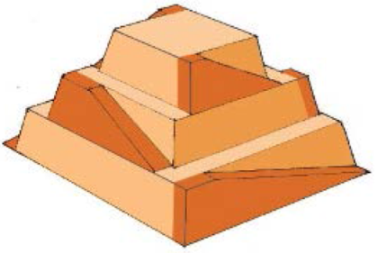Search results
In electrical engineering, three-phase electric power systems have at least three conductors carrying alternating current voltages that are offset in time ... more
Planck temperature, denoted by TP, is the unit of temperature in the system of natural units known as Planck units.
It serves as the ... more
A tuning fork is an acoustic resonator in the form of a two-pronged fork with the prongs (tines) formed from a U-shaped bar of elastic metal (usually ... more
Hydraulic conductivity is a property of vascular plants, soils and rocks, that describes the ease with which a fluid (usually water) can move through pore ... more
Hydraulic conductivity is a property of vascular plants, soils and rocks, that describes the ease with which a fluid (usually water) can move through pore ... more
Energy can be neither created nor destroyed.
Total energy is constant in any process. It may change in form or be transferred from one system to
... more
A tuning fork is an acoustic resonator in the form of a two-pronged fork with the prongs (tines) formed from a U-shaped bar of elastic metal (usually ... more
Diffusivity or diffusion coefficient is a proportionality constant between the molar flux due to molecular diffusion and the gradient in the concentration ... more
a) Calculate the gravitational potential energy stored in the pyramid, given its center of mass is at one-fourth its height.
b) Only a fraction of the workers lifted blocks; most were involved in support services such as building ramps, bringing food and water, and hauling blocks to the site. Calculate the efficiency of the workers who did the lifting, assuming there were 1000 of them and they consumed food energy at the rate of 300 Kcal/hour.
first we calculate the number of hours worked per year.
then we calculate the number of hours worked in the 20 years.
Then we calculate the energy consumed in 20 years knowing the energy consumed per hour and the total hours worked in 20 years.
The efficiency is the resulting potential energy divided by the consumed energy.
...can't find what you're looking for?
Create a new formula
The awe‐inspiring Great Pyramid of Cheops was built more than 4500 years ago. Its square base, originally 230 m on a side, covered 13.1 acres, and it was 146 m high (H), with a mass of about 7×10^9 kg. (The pyramid’s dimensions are slightly different today due to quarrying and some sagging). Historians estimate that 20,000 workers spent 20 years to construct it, working 12-hour days, 330 days per year.
